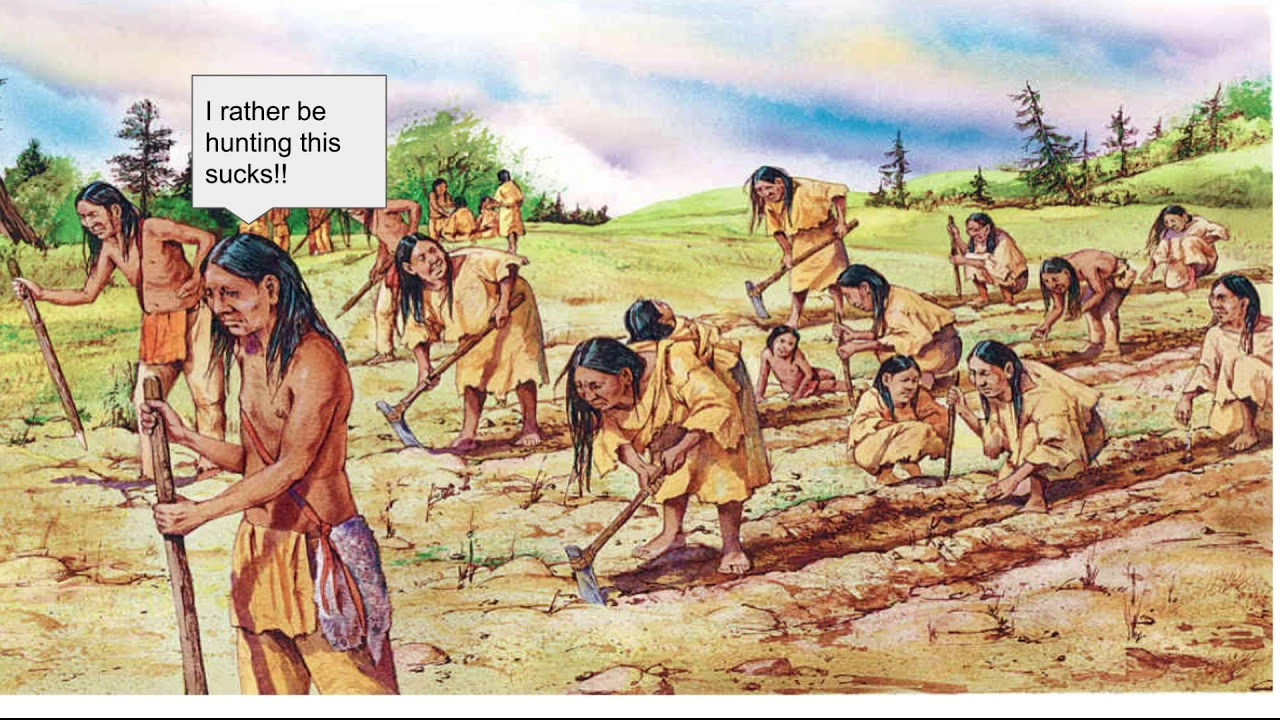Ancient India: A Quick Look at Its History and Daily Life
Ever wonder what India was like before the modern world? Ancient India was a mix of powerful kingdoms, lively markets, and deep ideas about life and faith. From big rulers like Ashoka to bustling villages, the story is full of real people doing real things. Let’s break it down in simple terms so you can picture it clearly.
Major Empires of Ancient India
The first big name you’ll hear is the Maurya Empire. It started around 322 BC and soon covered most of the sub‑continent. Chandragupta Maurya built the empire, and his grandson Ashoka took it to new heights. Ashoka’s famous for turning to Buddhism after a huge war and spreading peace messages across his lands. The empire had a strong administration, roads, and coins that made trade easy.
While the north saw the Mauryas, the south had its own power centers. The Chera, Chola, and Pandya kingdoms thrived along the coasts. They traded with Southeast Asia, built impressive temples, and kept their local languages and customs alive. Later, the Gupta Empire (around 320‑550 AD) is often called India’s “Golden Age.” They pushed science, math, and art forward – it’s the time when the idea of zero was born.
Everyday Life in Ancient Times
Life for most people was tied to the land. Farmers grew rice, wheat, and millets, using simple tools like the plow. Villages were close‑knit; families lived together, shared meals, and celebrated festivals tied to harvests. Markets buzzed with traders selling spices, cloth, and pottery. You could hear the clang of blacksmiths, the smell of fresh incense, and the chatter of storytellers.
Clothing was mostly cotton or silk for those who could afford it. Men wore simple draped garments, while women often wore a long wrap called a sari. Jewelry made of gold, beads, and shells was common for special occasions. Food was flavored with turmeric, cumin, and ginger – flavors that still dominate Indian kitchens today.
Religion played a big role. Hindu rituals, Buddhist monasteries, and Jain teachings all coexisted. Kids learned stories from the epics – the Ramayana and Mahabharata – that taught moral lessons. Education was driven by gurus who taught maths, astronomy, and philosophy using oral methods and later written scripts.
Even though the big kings ruled the land, most daily decisions were made by local leaders and elders. They settled disputes, organized festivals, and kept the community running smoothly. This mix of strong central power and local autonomy helped ancient India stay stable for centuries.
Understanding ancient India gives us a glimpse of how complex societies can grow without modern tech. The ideas about math, governance, and art that started back then still shape our world today. So next time you hear about India’s past, picture bustling streets, wise teachers, and a land where tradition and innovation walked hand in hand.

19
Jul
From my research on ancient India, it appears the average life expectancy was considerably lower than what we experience today. Many sources suggest it was around 30-40 years, mainly due to the lack of advanced medical care and high infant mortality rates. Despite this, there are records of individuals, particularly sages and scholars, living well into their 80s and 90s. However, these were exceptions, not the norm. Overall, life in ancient India was tough and often short-lived, but it was also filled with rich culture and intellectual growth.
Read More
